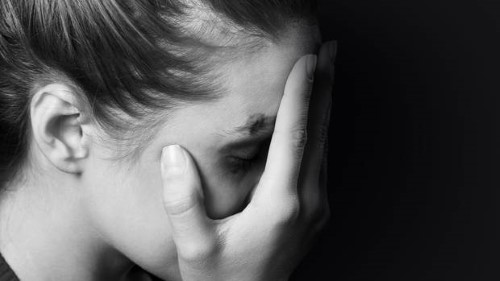Research
Published 12 February 2018Why does stress affect men and women differently?

Why do men and women suffer stress differently?
By Jamie Morton, originally published in the New Zealand Herald, 28 December 2017
The answer could have much to do with how the male and female brains respond to sex hormones - a complex process that remains something of an enigma to scientists.
An estimated 636,000 Kiwis were affected by mood and anxiety disorders, and rates appeared to be on the rise, said Dr Karl Iremonger, an award-winning Otago University brain researcher now leading a $958,000 study supported by the Marsden Fund.
Yet women were nearly twice as likely as men to suffer from anxiety, which was now affecting female health more severely than even heart disease and kidney failure.
"Stress is one of the major factors that can lead to the onset of mental health conditions such as depression, anxiety and post-traumatic stress disorder," Iremonger said.
"Females and males respond differently to acute stress - and this is thought to give rise to sex differences in stress adaptation, stress resilience and subsequent risk for developing stress-related mental health conditions."
It was now known that the sex hormones testosterone and oestrogen played an important role in modifying neural pathways in the brain, both when developing and when it was mature.
But what wasn't clear, Iremonger said, was what specific circuits in the brain were targeted by sex hormones to control stress sensitivity.
"Secondly, we don't understand the exact changes in the brain that result from exposure to these different sex hormones.
"The key question we want to answer, is where in the brain are sex differences in stress responses manifested and what underpins these changes."
Researchers speculated that one part of the brain that was essential for controlling stress hormone levels - the paraventricular nucleus of the hypothalamus - may be regulated differently between males and females.
Unravelling those mechanisms wouldn't be easy, as the brain structure was packed with many different types of neurons linked to stress responses.
In the new study, Iremonger and his team would use brain tissue from male and female mice to analyse single cells and how their activity patterns differed.
The scientists could also tease out effects by adding certain chemicals, such as noradrenaline.
"Recording the patterns of activity of brain cells is extremely difficult, as a single brain cell is only 0.02mm in diameter," he said.
"Because of their small size, we need powerful microscopes, sensitive amplifiers and delicate micro-manipulators."
But, if successful, the study could yield crucial insights.
"Understanding how the brain controls stress responses will be key in understanding mental health conditions that are associated with stress," he said.
"Understanding the differences in the brain between males and females may also give insight into why stress responses are different and why stress-associated disorders affect men and women differently."
Additional information: See the original NZ Herald article
RESEARCHER
Dr Karl Iremonger
ORGANISATION
Otago University
FUNDING SUPPORT
Marsden Fund
CONTRACT OR PROJECT ID
UOO1701
